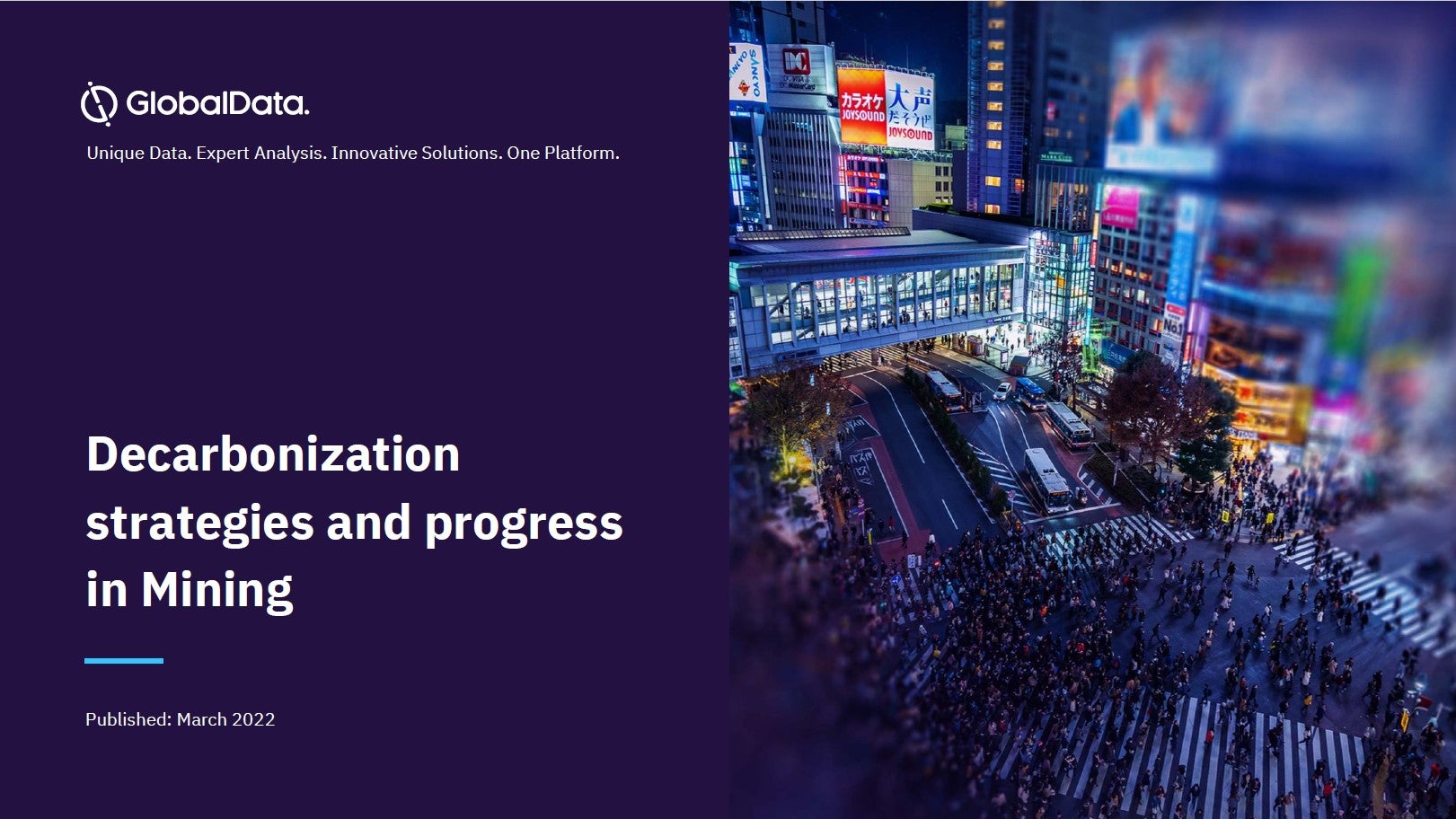
Establish company management systems
The first of the OECD recommendations is for companies to establish “a supply chain policy” for minerals produced in high-risk areas, introducing an element of corporate oversight and responsibility to the entire framework. This target encourages companies to take a broad approach to ensuring sustainable and responsible mining, with goals for companies to engage directly with suppliers and establish a “company level grievance system,” where any individual involved in the supply chain has a means to report unlawful or unethical practices to either the company itself or an external body.
The Eurasian Resources Group (ERG) has implemented this target recent, overhauling its management systems for the extraction of cobalt and copper from the DRC in March this year. The mine has reserves of over 112 million tonnes of the two commodities, and annual production is expected to reach around 14,000 tonnes (t) of cobalt, alongside 77,000t of copper, significant totals that have encouraged the company to establish a general manager position tasked with overseeing human rights compliance at the operation. This manager chairs a “human rights working group,” which includes members from the company’s community, environment and government relations divisions among others.
Considering the extensive and deadly presence of illegal mining in the DRC, the company’s policies are a strong commitment to overcoming the human challenges faced by rapidly growing demand for minerals, especially cobalt from China.
Identify risks in the supply chain
The OECD guidelines do not refer exclusively to mining companies, but all of those who participate in the global supply chain, evidenced by car and cockpit manufacturer Visteon incorporating the group’s recommendations into its own conflict minerals reporting. With this in mind, identifying risks in this supply chain is critical to eliminating conflict minerals and human rights abuses, as the products of these practices are used by companies and groups across a number of sectors, and clamping down on mining companies exclusively would ultimately do little to address these issues.
While ERG’s business focused predominantly on copper and cobalt extraction, Visteon’s deals largely with the 3TG metals: tantalum, tin, tungsten, as well as gold. In its 2017 end of year report, the company concluded that “a significant percentage of each product group [cockpit electronics, vehicle communications and autonomous research] contains one or more 3TG metal,” and so it would be appropriate for the company to investigate the potential risks in its global supply chain, and how to overcome them.
How well do you really know your competitors?
Access the most comprehensive Company Profiles on the market, powered by GlobalData. Save hours of research. Gain competitive edge.

Thank you!
Your download email will arrive shortly
Not ready to buy yet? Download a free sample
We are confident about the unique quality of our Company Profiles. However, we want you to make the most beneficial decision for your business, so we offer a free sample that you can download by submitting the below form
By GlobalDataThe company collects data on its operations, which is then processed using “the latest available data analysis tools” provided by the Responsible Minerals Initiative (RMI), an independent body that provides third-party auditing services and data analysis to over 380 companies that are involved in the mining supply chain, and provides a level of external oversight that is another recommendation of the OECD.
Design supply chain solutions
Using the data analysed by the RMI, Visteon has produced what it calls an “internal risk rating” for each supplier of minerals, enabling the engineering firm to identify which suppliers are likely to be involved in high-risk operations, and involve themselves less closely with these companies. The rating also extends to companies and suppliers who did not respond to Visteon’s requests for information on their supply chains, with the engineer’s purchasing division tracking these supply chains, and its due diligence team contacting individual suppliers to investigate their supply chains further.
However, the firm’s involvement has so far been limited to encouraging the offending suppliers to participate in the RMI audit programme, with Visteon itself unable to force its suppliers to change their business practices, and the company making no reference to efforts to divest from these suppliers. This inability to influence suppliers highlights the importance, but also limitations, of third-party involvement; external bodies can be effective in identifying issues in a company’s supply chain, but the onus is on the company itself to take tangible steps to improve its performance. Companies that rely on a number of complex mining supply chains may then find it difficult to improve their performance across their supply network, as individual suppliers and manufacturers may oppose direct involvement from a central firm.
Complete third-party audits of smelters and refiners
International steel miner ArcelorMittal has also agreed to implement OECD recommendations regarding third-party auditing, but similarly fails to take tangible action beyond these recommendations. The miner is active is extracting 3TG metals from the DRC, but all smelting and refining work is completed by local contracts, leaving ArcelorMittal free to complete auditing works on these operations; the miner, in effect, functions as its own external auditor.
Yet this structure does not provide a level of direct company oversight that could be expected, and would overcome the fundamental weakness in Visteon’s auditing framework, as ArcelorMittal delegates much of the actual auditing to unnamed “third-party organisation[s]”, and relies on compliance frameworks established by “nationally or internationally recognised” programmes. While many of ArcelorMittal’s commitments are strong on paper – suppliers are required to trace their supply chains back to mines, report all supply chain information to ArcelorMittal and provide evidence of transactions when requested – the combination of vague third-party support and the company’s own inaction produces a muddled approach to auditing.
Report annually on compliance
While ArcelorMittal’s approach is far from comprehensive, the company has at least acknowledged its responsibility in ensuring the global supply chain remains as conflict-free as possible and committed to reporting annually.
Chinese technology firm Lenovo has instead distanced itself from many of the mining operations critical to its products, highlighting the complexity of who should be reporting at different stages of the supply chain.
“Lenovo was in fact not only numerous supply chain tiers away from the mines of origin, but we were many tiers removed from [smelters and refiners] as well,” wrote the company in its 2018 report into the OECD principles and its responsibility to ensure conflict-free minerals. “Therefore Lenovo by far is not a manufacturer or nor conducts ‘contract to manufacture’ per the Dodd-Frank definition, and we were a final assembly [and] test operation and our suppliers acted more as retailers.”
Lenovo relies heavily on minerals such as cobalt, more than half of the demand for which is for use in the batteries used in smartphones and laptops, and has made some efforts to trace the integrity of its minerals, but has largely failed to provide adequate reporting on the compliance of its supply chain. The 2018 report claims that updates about supply chain compliance can be found in the company’s annual reports, yet its 2018 sustainability report makes no meaningful reference to the OECD, or how its operations comply with its standards.
The work of Lenovo represents a significant problem in dealing with conflict minerals; companies outside of the mining sector can reasonably claim to not be closely involved enough in mining to have to take compliance seriously. The reality is that mining operations provide the building blocks for countless companies across several sectors, and it is likely that conflict minerals will only be removed from the global supply chain if there is cross-sector support for initiatives such as the OECD’s.






